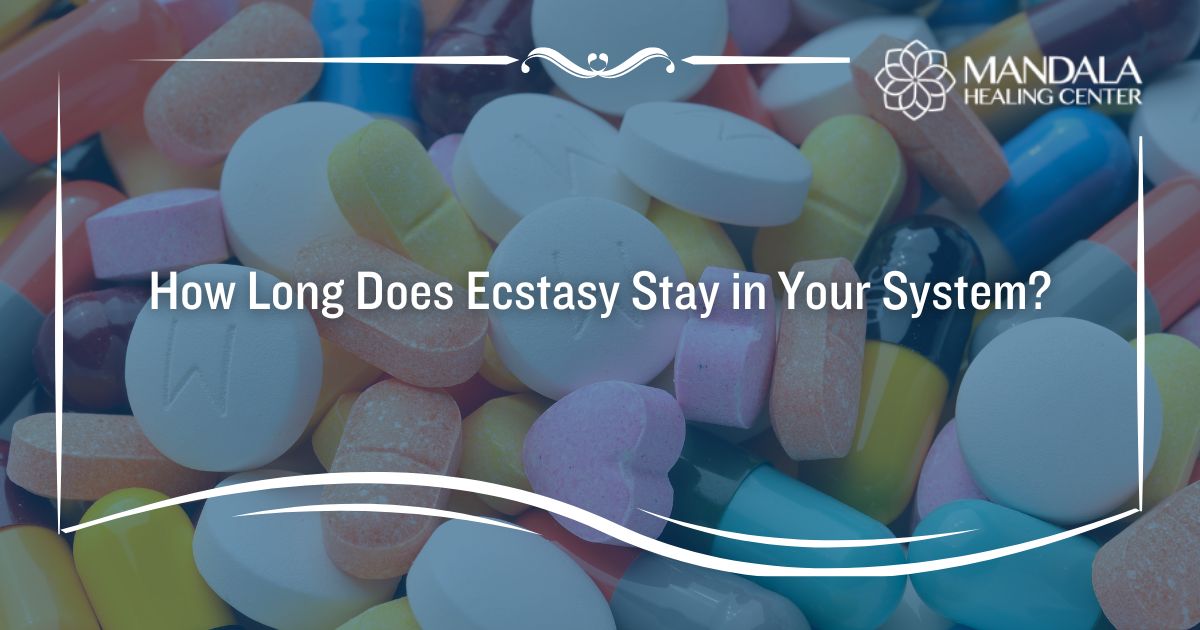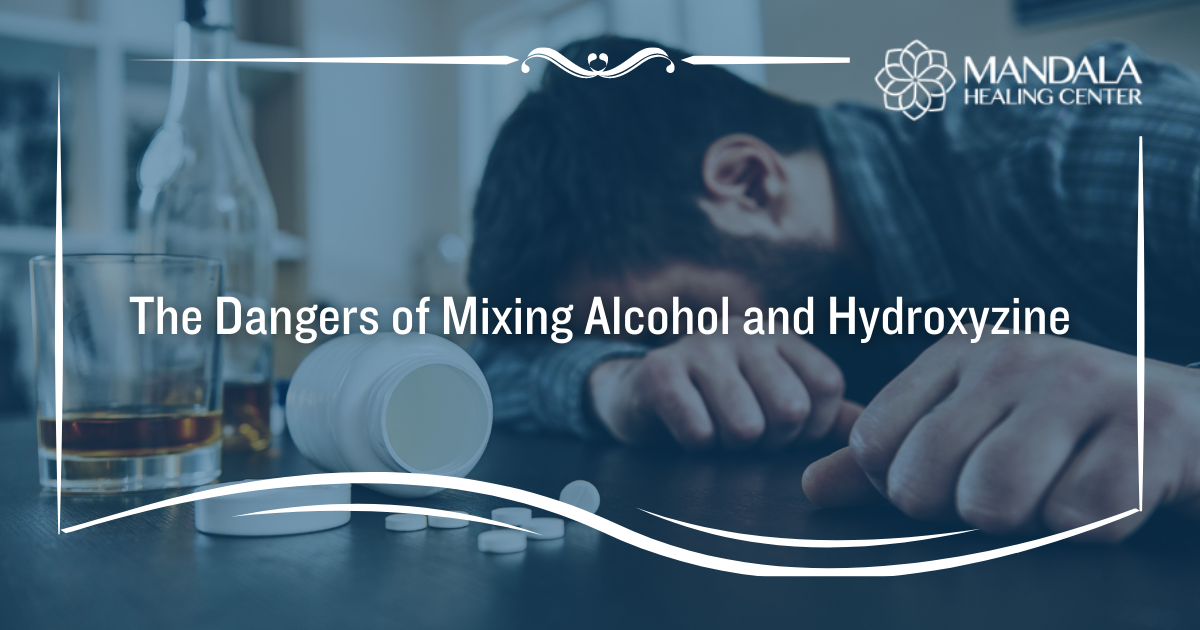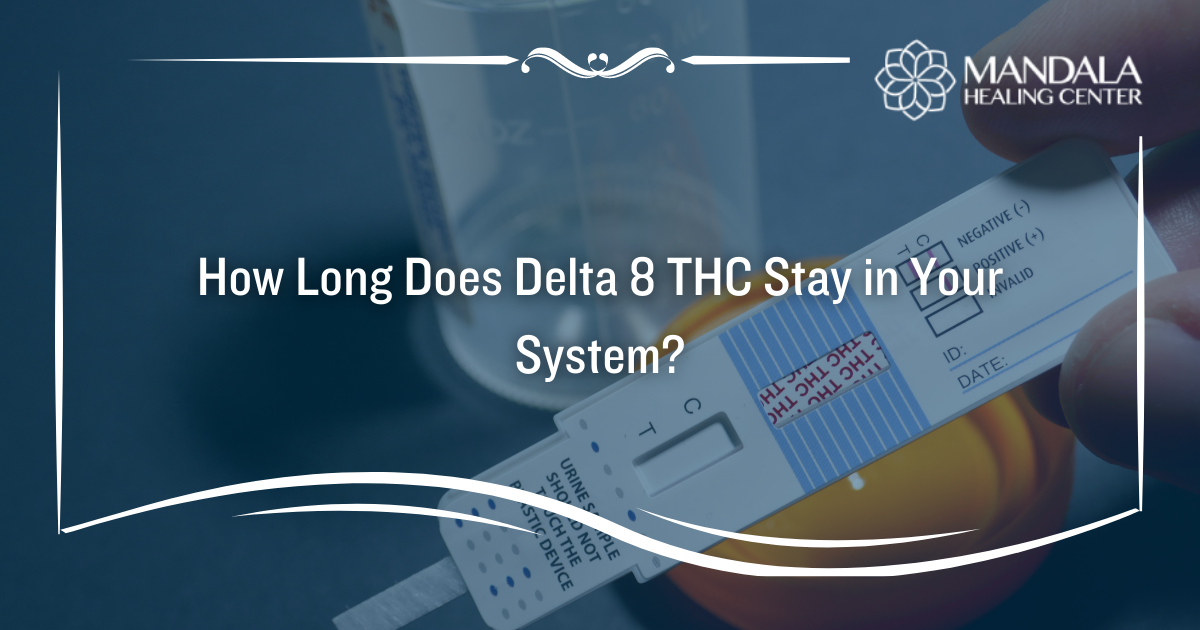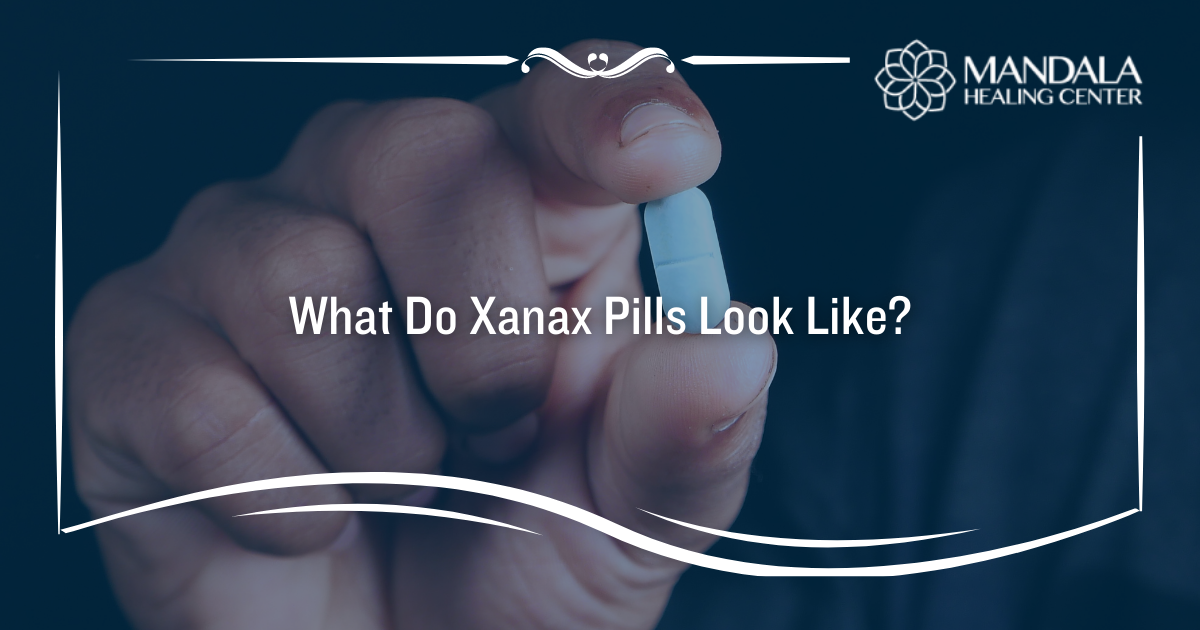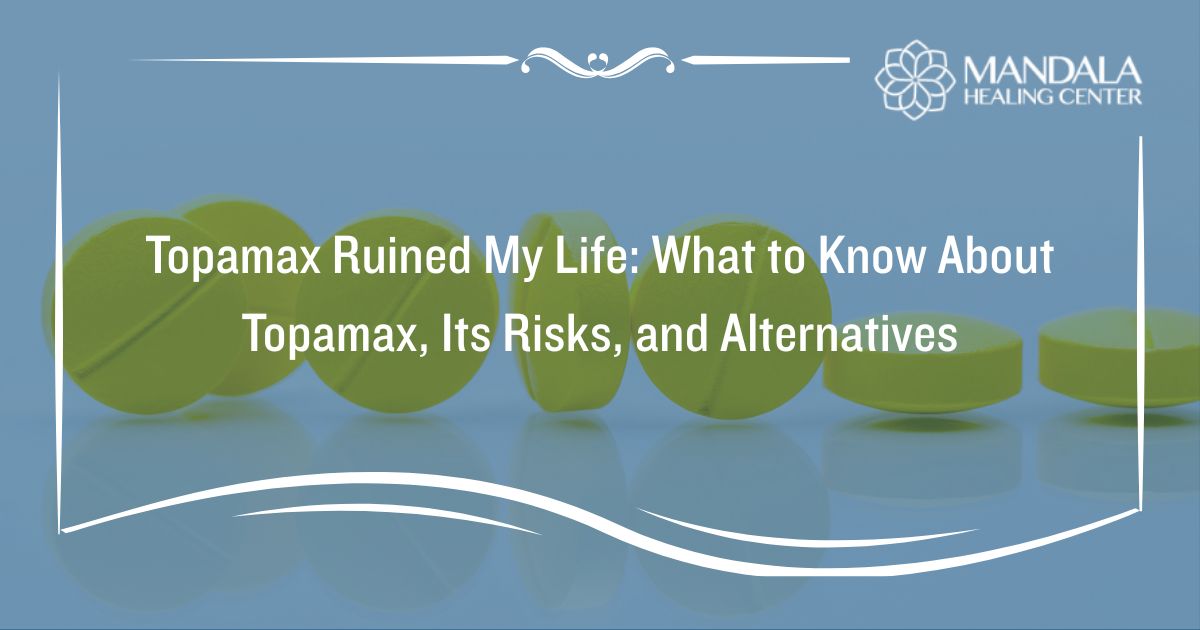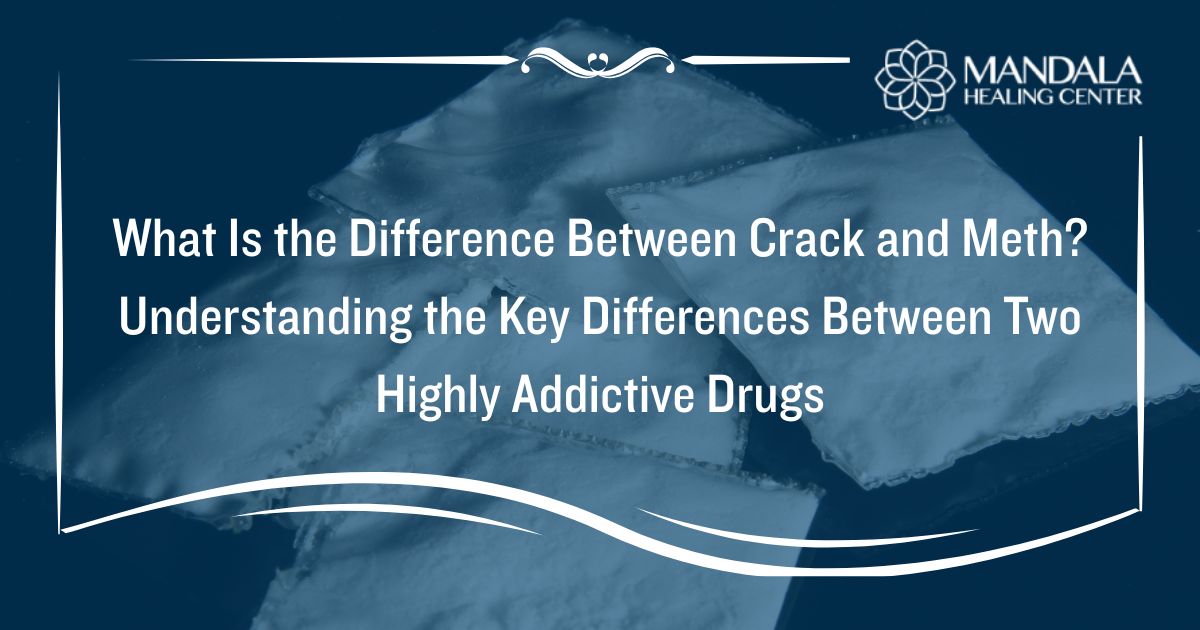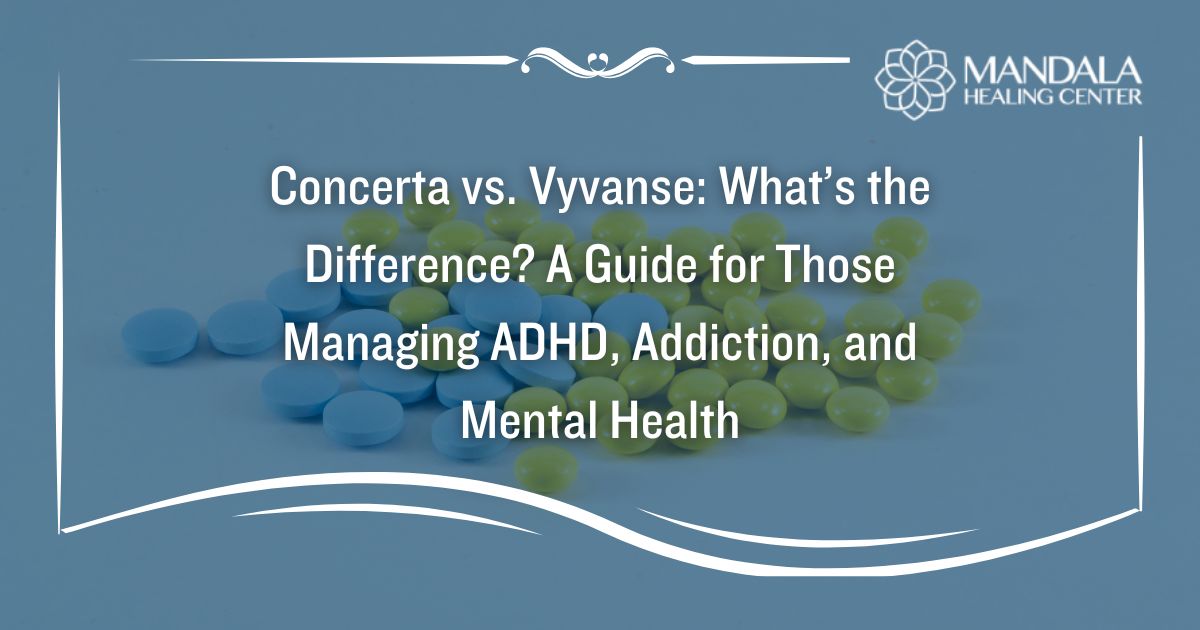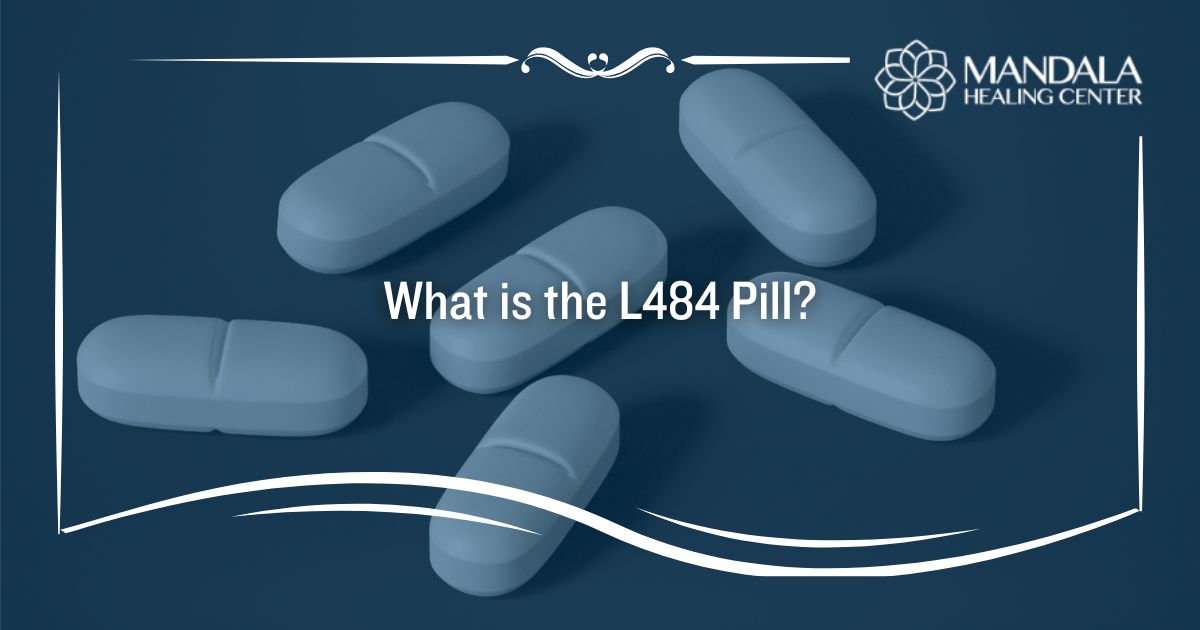Ecstasy is the nickname for MDMA, a synthetic or man-made drug that produces a euphoric, energetic, and sometimes hallucinogenic high.[1] Because of the psychedelic effects that ecstasy can cause, it is often taken with drugs like LSD.
MDMA was originally used therapeutically to help people recover from depression, intimacy issues, and post-traumatic stress disorder. However, it is no longer available for medicinal use in the United States because ecstasy abuse can lead to addiction.
Ecstasy has an intermediate half-life, so it can stay in your system for about two to five days.
How Long Do the Effects of Ecstasy Last?
The effects of ecstasy can last anywhere from two to six hours after consuming it. Ecstasy can cause similar effects as stimulant and hallucinogenic drugs, making it common in the party, club, and rave scene. While people who take MDMA usually swallow a capsule or a tablet, some individuals snort it in powder form or drink it as a liquid.
The common effects of ecstasy include:[1]
- Increased energy
- A rush of euphoria
- Increased heart rate and blood pressure
- Increased trust in others and sexual arousal
- Emotional closeness and feelings of empathy
- Nausea
- Blurry vision
- Clenching of the teeth
- Chills and sweating
- Altered perception and distorted sense of time
What is the Half-Life of Ecstasy?
To understand how long MDMA stays in your system, you have to be aware of what the drug’s half-life is. A half-life is the amount of time it takes your body to eliminate half a single dose of a substance. Typically, it takes around 4 to 5 half-lives for a drug to be completely removed from your body.
The half-life of ecstasy is somewhere between 8 to 9 hours.[2] This means it can take up to 2 days for the drug to be eliminated from your system. However, ecstasy will leave behind metabolites in different areas of your body, allowing it to be detected on a drug test longer than 2 days.
How Long Does Ecstasy Stay in Your System?
The length of time that ecstasy stays in your system will vary from person to person. For example, someone who has been abusing the substance for a year will test positive longer than a person who only consumed the drug once because the metabolites can build up in your system faster than your body can eliminate it.
Most people follow the same general timeline when it comes to testing positive for MDMA. Each type of drug test has a different window of detection.
Urine
Urine drug tests are the most commonly used type of drug test because they are minimally invasive and cost-effective. If you are applying for a new job or staying in a sober living home, you will probably be using a urine drug test. Ecstasy can be detected in urine for up to five days after your last dose.
Blood
Because ecstasy is usually ingested orally, it does not immediately enter your bloodstream. Instead, it will slowly move through your body until it reaches your blood. As a result, blood tests can only detect ecstasy for up to three days after your last dose.
Saliva
Saliva tests are best suited for people looking for quick results and a short window of detection. For example, police officers often use them to determine what substance you are currently high on. With that being said, saliva drug tests can detect MDMA in your mouth for up to three days after your last dose.
Hair
Lastly, hair drug tests look for metabolites left behind in your hair follicles. Hair is slow-growing, so these tests can detect any substance left behind in your hair for up to 3 months after you last consumed it. This includes ecstasy or MDMA.
While hair tests provide the longest window of detection, they are not commonly used because it can be expensive to send hair tests to the lab for results.
Factors that Affect How Long Ecstasy Stays in Your System
While the general timeline of ecstasy’s presence in your system is established, several individual factors can influence its duration. These variables play a crucial role in determining how long MDMA will be detectable in your body:
Frequency of Use – The more frequently you use ecstasy, the longer it might take for your body to eliminate it completely. Habitual use can lead to the accumulation of metabolites in your system, extending the drug’s detection window.
- Dosage – Higher doses of ecstasy can result in a longer elimination time. Larger amounts of the drug might take more time for your body to process and expel.
- Metabolism – Your individual metabolism greatly influences how swiftly your body breaks down and clears substances. Individuals with faster metabolism rates tend to eliminate drugs more quickly.
- Body Mass and Composition – Your body mass and overall composition can affect how drugs are distributed and metabolized. Generally, individuals with a higher body fat percentage might experience a longer detection window as certain substances can accumulate in fat cells.
- Hydration and Kidney Function – Adequate hydration and healthy kidney function are essential for efficient drug elimination. Staying hydrated and maintaining proper kidney health can contribute to faster drug clearance.
- Age – Metabolic rates tend to decrease with age, potentially prolonging the time it takes for ecstasy to leave your system, especially in older individuals.
- Co-occurring Health Conditions – Certain health conditions can impact drug metabolism and elimination. Chronic health issues might lead to altered drug clearance rates.
- Overall Health – Your overall health plays a role in drug metabolism. A healthy lifestyle with proper nutrition and exercise can support efficient drug elimination.
Finding Help for Ecstasy Abuse and Addiction
If you or a loved one frequently abuse ecstasy, MDMA, or molly, you could be suffering from an addiction. Even further, most ecstasy found on the street is impure, containing other substances like methamphetamine. As a result, you should always seek professional help for ecstasy abuse.
At Mandala Healing Center, we can provide you with the tools and support necessary to maintain long-term recovery. From medical detox to inpatient treatment, our program can offer you a full continuum of care. To learn more about our ecstasy addiction treatment program, contact us today.
References:
- The National Institute of Drug Abuse (NIDA): MDMA (Ecstasy/Molly) DrugFacts, Retrieved August 2023 From https://nida.nih.gov/publications/drugfacts/mdma-ecstasymolly
- The National Library of Medicine (NLM): Pharmacology of MDMA in Humans, Retrieved August 2023 From https://pubmed.ncbi.nlm.nih.gov/11085324/


